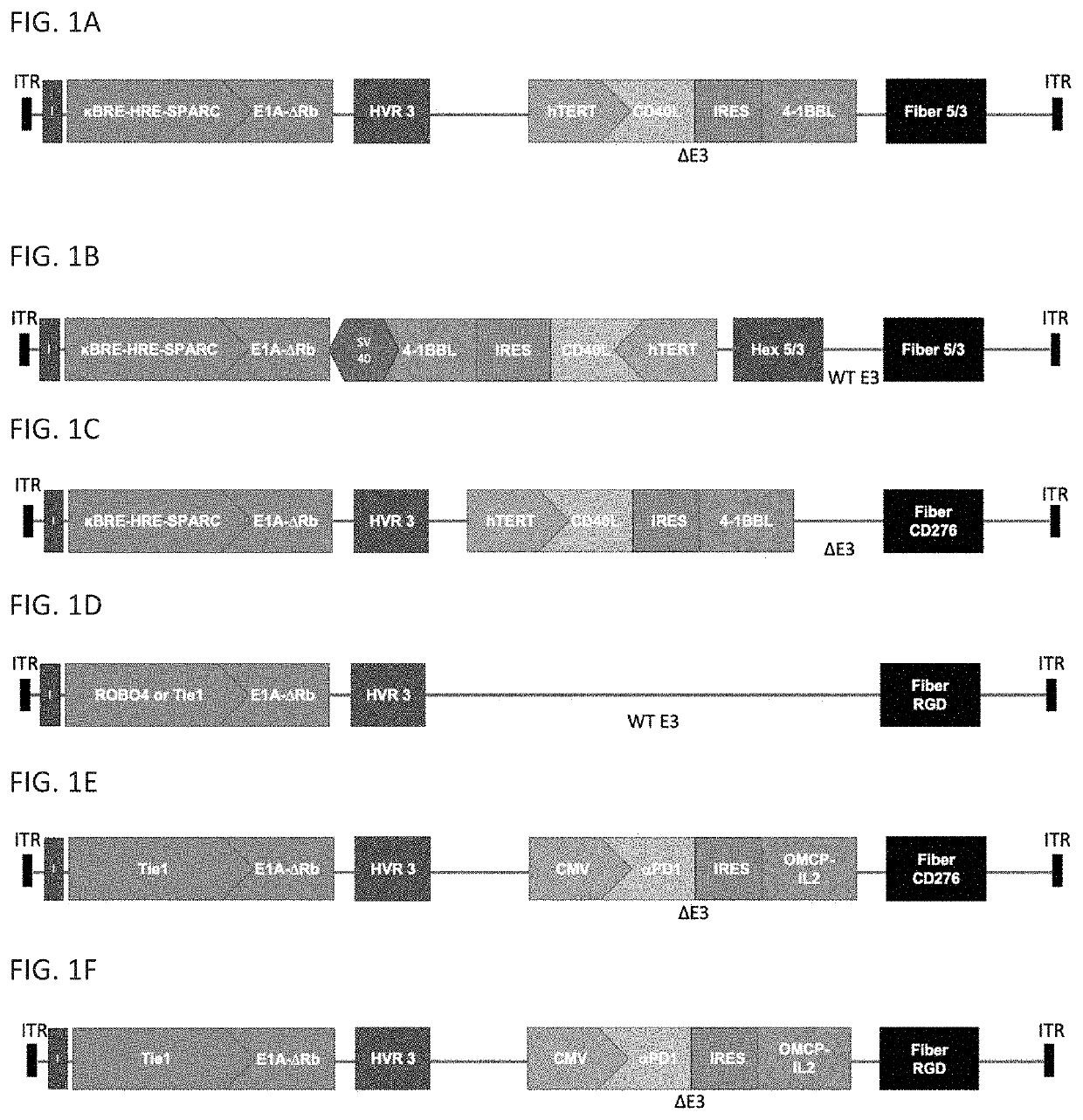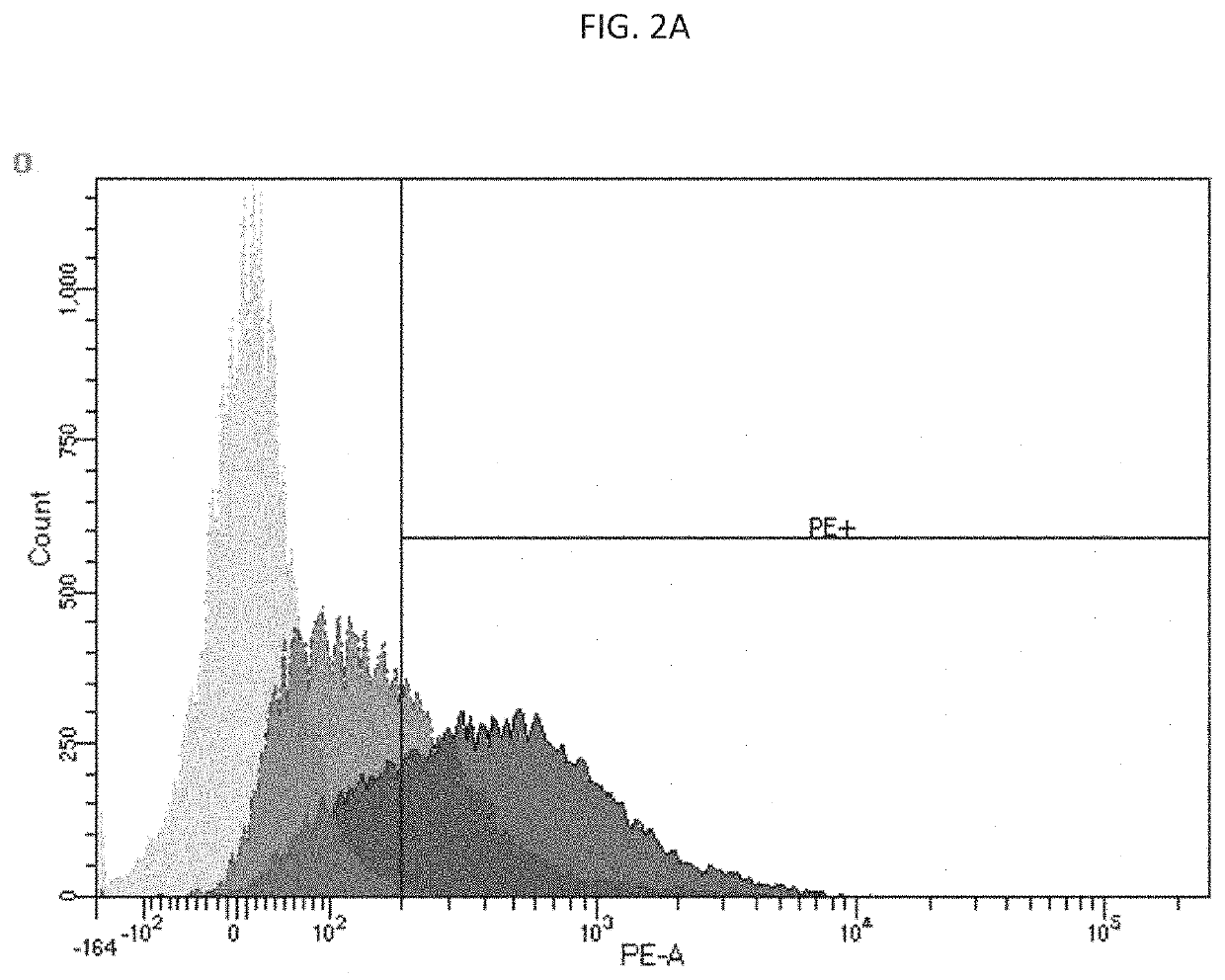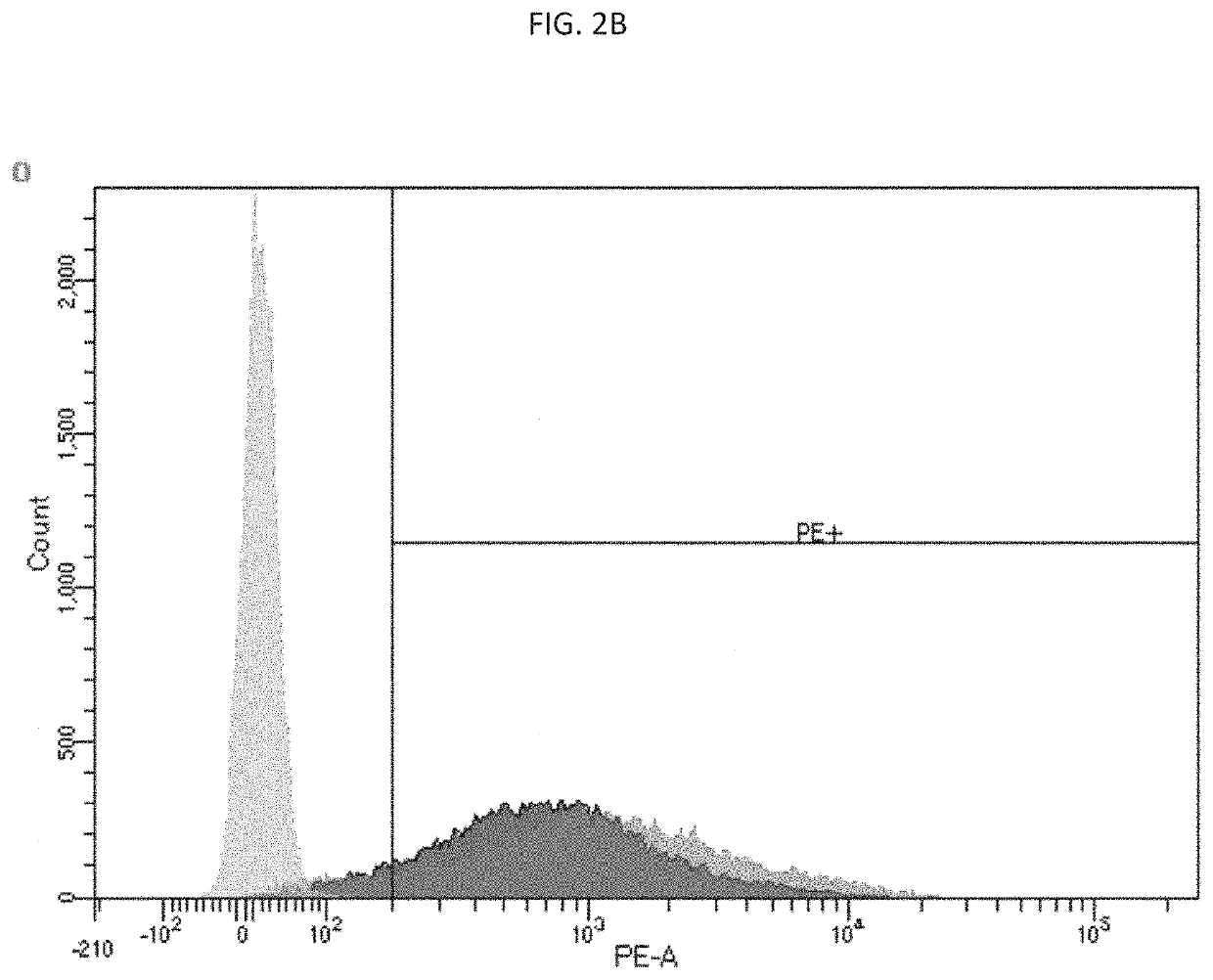Oncolytic adenoviral vector and methods of use
a technology of adenoviral vectors and adenoviral cells, which is applied in the field of oncolytic adenoviral vectors and methods of use, can solve the problems of inhibiting their efficacy and remaining unclear
- Summary
- Abstract
- Description
- Claims
- Application Information
AI Technical Summary
Benefits of technology
Problems solved by technology
Method used
Image
Examples
example 1
[0067]This example describes the construction and characterization of a serotype 5 adenovirus in accordance with the present disclosure.
[0068]UIO-523 (also referred to as AdSA15-40L.BBL-HV5 / 3-F5 / 3 and as UIO-522OP in U.S. Provisional Application No. 62 / 808,694) is a human serotype 5 conditionally replicative adenovirus (CRAd) vector (Δ15E1A, E1B−, E3+, HV5 / 3, F5 / 3) containing the DNA sequences of a SPARC promoter modified to include three hypoxia response elements (HREs) and 12 nuclear factor kappa B (NFκB) responsive elements (KBREs). The HREs serve as regulators for low oxygen environments, while the κBREs serve as a trigger for inflammation. Hypoxia and inflammation are characteristic of tumor microenvironments. The SPARC promoter is highly expressed in cancer associated fibroblast and endothelial cells in close contact with the malignant cell compartment. The modified SPARC promoter drives a mutant E1A gene encoding a protein with defective retinoblastoma (Rb) binding as discuss...
example 2
[0072]This example describes in vivo expression of CD40L and 41BBL in a human SKOV3 ovarian cancer xenogeneic model.
[0073]6-8 week old nude mice were administered with 4.5×106 SKOV3.Luc cells. Once tumors reached in average 150 mm3, mice were injected intratumorally (i.t.) with 1×1010 v.p. per mouse or the same volume of PBS (30 μl).
[0074]Twenty four hours later, tumors were removed and protein extracts were prepared. One hundred μg of protein extracts were separated in 12% SDS-PAGE and transferred to nitrocellulose membranes (Bio-Rad Laboratories). The membranes were probed with anti-h4-1-BBL antibody (ab68185 Abcam, Cambridge, UK) or anti-CD40L antibody (ab2391 Abcam, Cambridge, UK). Anti β-actin antibody (A4700; Sigma, St. Louis, Mo.) and anti-α tubulin (12g10 DSHB) were used as loading controls. Enhanced chemiluminescence reagents were used to detect the signals following the manufacturer's instructions (Amersham, Little Chalfont, UK). CD40L expression is show in FIG. 4. Assessm...
example 3
[0075]This example describes a pharmacological study of UIO-523 in a subcutaneous xenograft mouse model of ovarian cancer.
[0076]A murine xenograft model of ovarian cancer based on subcutaneous (s.c.) implantation of the human ovarian cancer cell line SKOV3 was used to evaluate UIO-523 (armed with human CD40L and 4-1BBL). Subcutaneous tumors were established by injecting 5×106 SKOV3 cells / 200 μL into the flanks of 6-8 week-old nude mice (n=10 mice / group). On day 10 when the tumor was established, 5×1010 vp of AR2011 or UIO-523 was injected intratumorally (i.t.) in 400 μL of PBS. PBS administration served as a negative control. Viruses were injected at days 1, 3, and 5 after tumor establishment as described (Lopez et al., Molecular Therapy, 20: 2222-33 (2012)). Tumor imaging was performed before treatment on day −1 and then once a week until the end of the experiment. Mice received food and water ad-libitum and were followed closely to avoid any signs of wasting or other visible indic...
PUM
| Property | Measurement | Unit |
|---|---|---|
| Pharmaceutically acceptable | aaaaa | aaaaa |
| Cytotoxicity | aaaaa | aaaaa |
| Chemotherapeutic properties | aaaaa | aaaaa |
Abstract
Description
Claims
Application Information
 Login to View More
Login to View More - R&D
- Intellectual Property
- Life Sciences
- Materials
- Tech Scout
- Unparalleled Data Quality
- Higher Quality Content
- 60% Fewer Hallucinations
Browse by: Latest US Patents, China's latest patents, Technical Efficacy Thesaurus, Application Domain, Technology Topic, Popular Technical Reports.
© 2025 PatSnap. All rights reserved.Legal|Privacy policy|Modern Slavery Act Transparency Statement|Sitemap|About US| Contact US: help@patsnap.com



